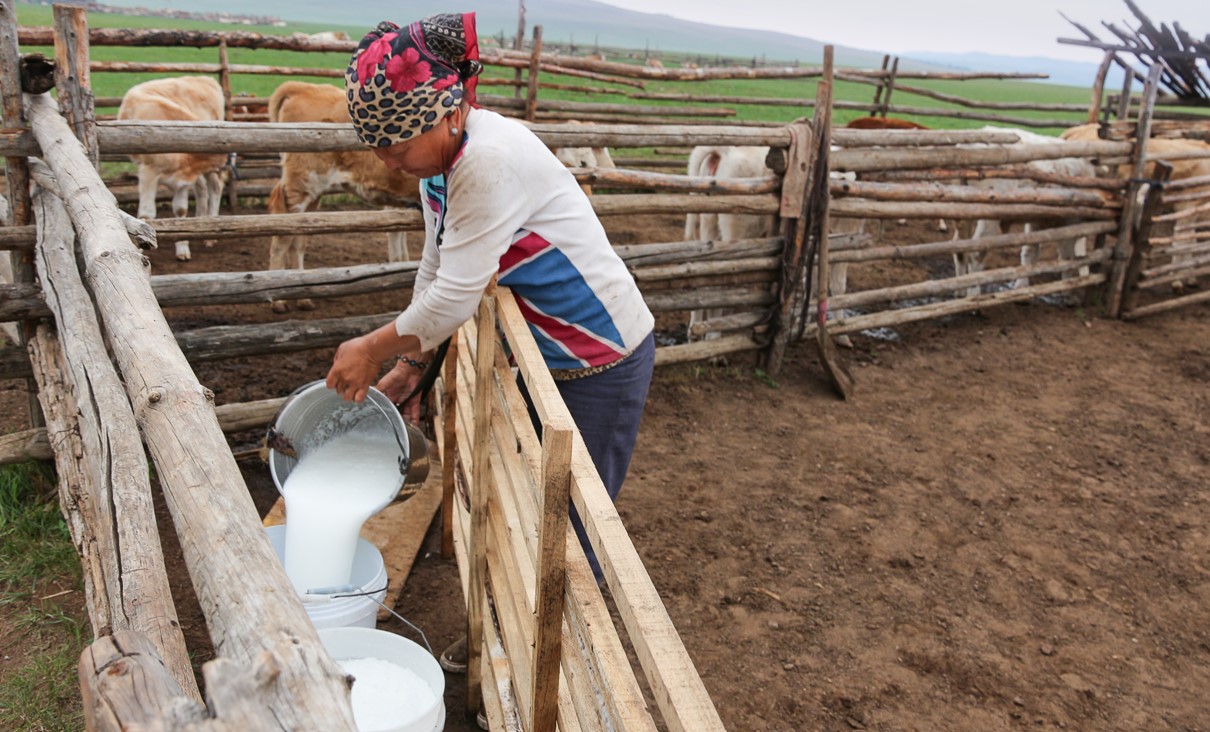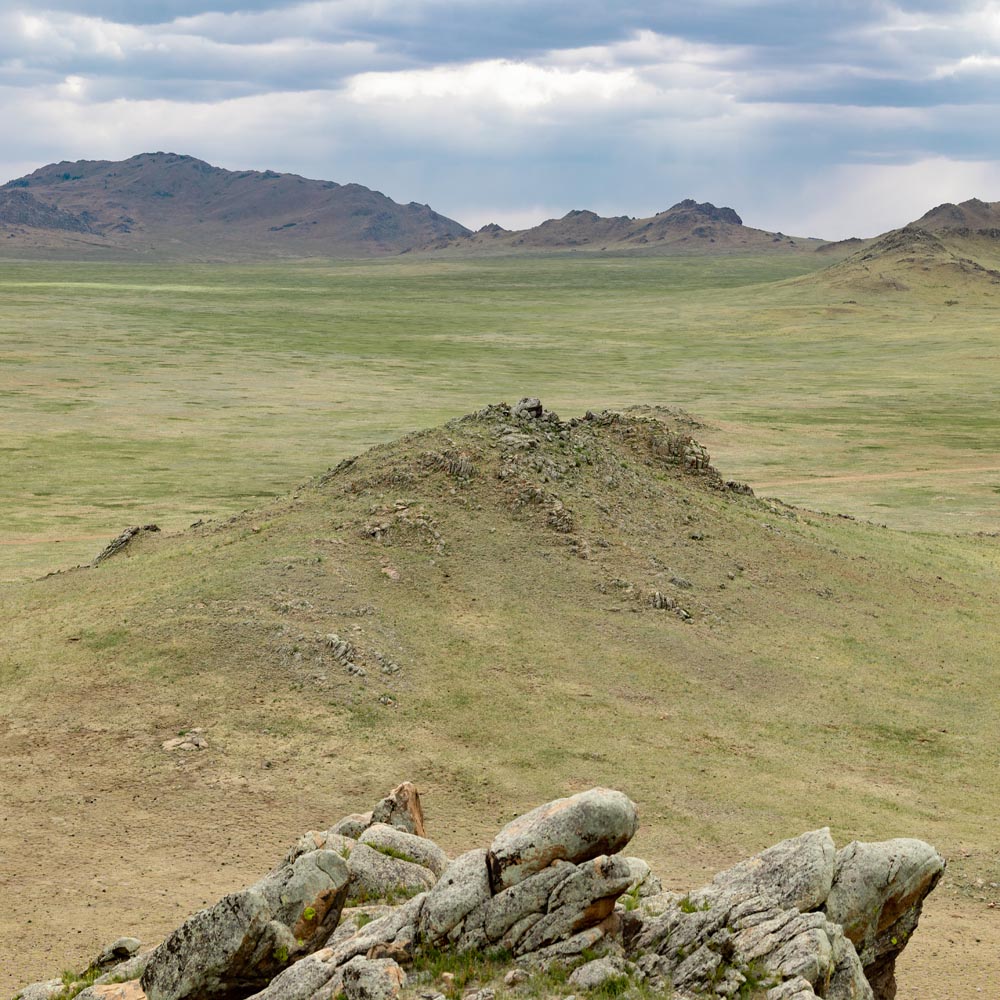
Many people do not know what geo-ethnoarchaeology is. That is why today I would like to explain to you what it is, what we archaeologists who work in this discipline do and what it is for. Already since the 1990s, this term began to be used and it is becoming more and more common to find it in scientific articles. Basically, geo-ethnoarchaeology refers to applying earth science techniques and methods (Geo-) in contemporary contexts. We investigate living and/or recently abandoned (-ethno) sites in order to obtain reference materials. In this way, we can relate human behavior and activities to the formation of microscopic and chemical markers in archaeological (-archaeological) soils and sediments. In other words, we excavate and analyze the invisible, what is “inside” the sediment that we cannot see with the naked eye.
Many of us work on a microscopic and molecular scale. What analytical methods do we use? Examples are soil micromorphology, paleobotanical analysis or isotope biochemistry. What do we find? Beside the mineral formations, organic matter! Which can be derived from plants or animals. Wherever we go, human beings leave small micro-traces that archaeologists can find even if we do not see them!
What answers can we give? Well, it depends on the question, of course, but in general, our work serves to make palaeoenvironmental reconstructions, changes in the use of the landscape, or uses of fuel in domestic spaces (what and how they burned it). We can also explain the formation processes of the deposit, and the postdepositional processes. Also, very important, we can distinguish between different domestic spaces: whether it was a corral, a garbage dump, a latrine, a workshop or a kitchen.

Personally, I like to work in archaeological sites where there are no structures or walls, or obvious remains. Mobile communities, such as hunter-gatherers, or nomadic herders, are really architects of cultural landscapes, facilitating interchange of ideas and goods trough time.
Consider a landscape like the one in the photo. How do you extract archaeological information? This is where the ethnographic part comes in. We ask and observe the communities that still live there in order to have a reference context. That way we can have a microscopic and biochemical reference collection of domestic activities for the interpretation of archaeological samples and sites that we may find through landscape analysis and pedestrian survey.